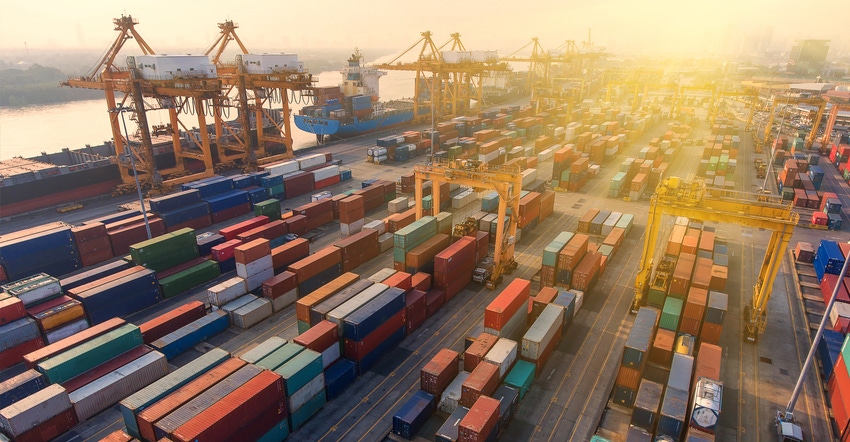
Farmers have until Jan. 15 to sign up for help from losses due to trade disruption losses during 2018.
David Schemm, executive director for the Kansas office of the Farm Service Agency, which oversees the process of distribution of mitigation funds, says farmers need to sign up as soon as they have production numbers for any 2018 crop.
"If you had wheat but haven’t finished harvesting corn and soybeans or cotton, go ahead and get signed up and turn in your wheat production," he says. "We can get a check out as soon as we have that number. The formula is simple. You just turn in total production in 2018. That gets multiplied by the rate for that commodity and then by 50%, since the first checks cover only half of production."
Around the first of December, there may be an announcement on a second round of payments to cover the other half of production, he says.
Schemm says farmers can add crops one at a time as harvest numbers are complete, and they can receive multiple checks. He says FSA only needs the farmer to provide numbers that are "verifiable and reliable." Farmers do not need to submit documentation such as sales receipts, elevator receipts, scale tickets or bin measurements.
"You need to keep those documents in case you are picked for a spot check of numbers," he says. "But we don’t need them at this point. We want to make the process of getting mitigation funds into the hands of farmers as quickly as possible."
Schemm says FSA has some challenges from an administrative standpoint because the mitigation program includes some producers, such as those in pork production, who have not previously been involved in FSA programs.
There is a ceiling of $900,000 in Adjusted Gross Income for program eligibility and payments are limited to $125,000.
The program is divided into three parts: the Market Facilitation Program, which includes the direct payment based on production; a commodity buyback program, which involves government purchase of specific commodities; and additional funding for the development of new export markets.
Schemm says about 65,000 Kansas producers are eligible to participate in the program. He says the Jan. 15 deadline applies only to signing up for the program and, so far, no deadline has been established for reporting actual production.
"If you are a cotton grower, you may not have production numbers until after ginning, and that may miss the Jan. 15 deadline," Schemm says. "In that event, go ahead and sign up, and then report your numbers when you get them."
Details on the program, including payments by commodity are available online.
About the Author(s)
You May Also Like




